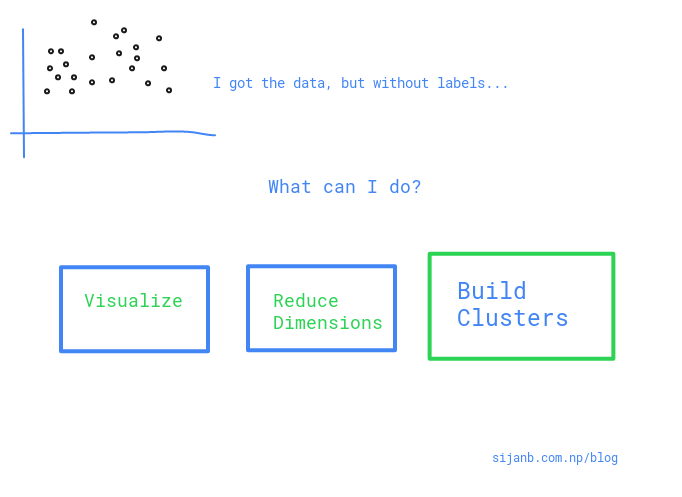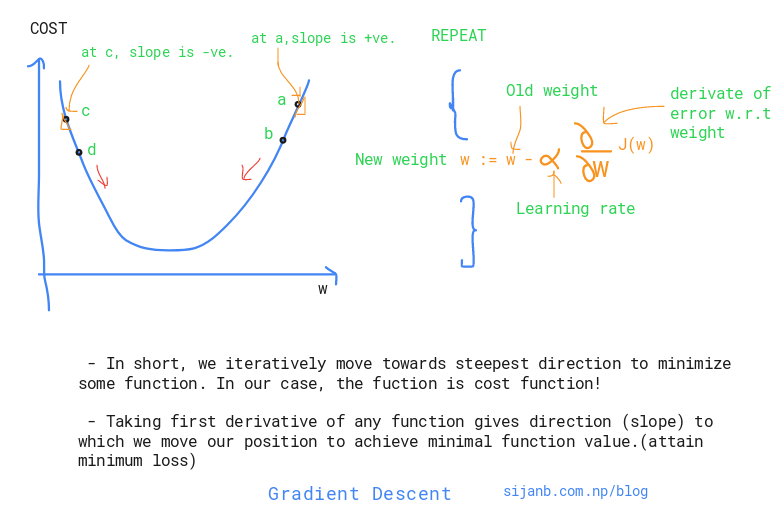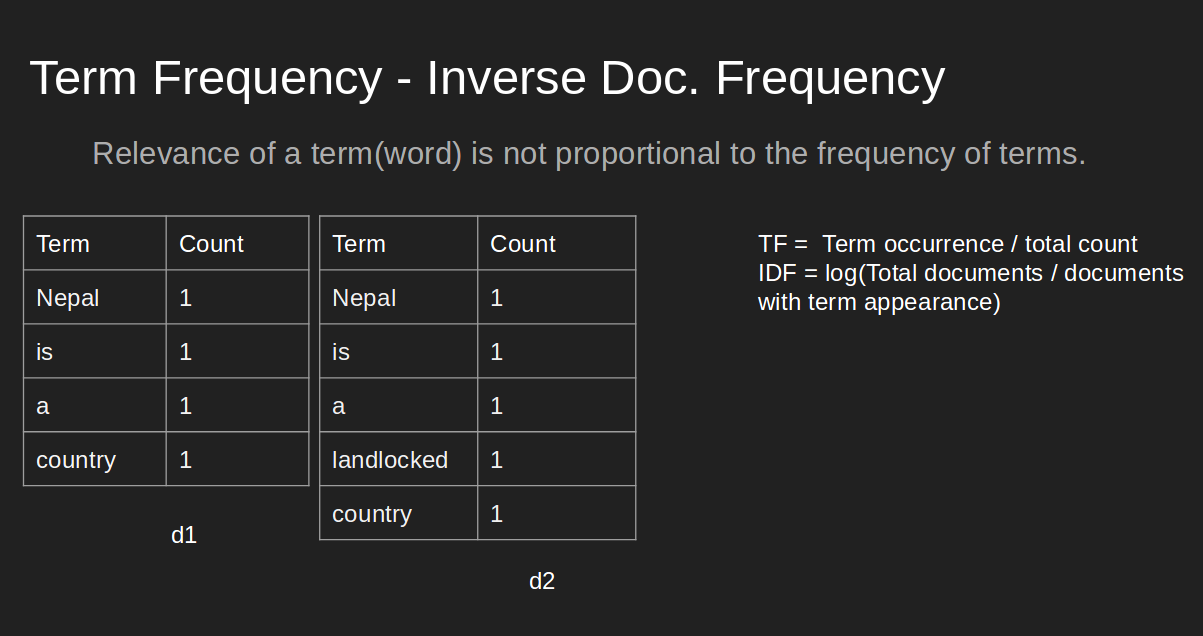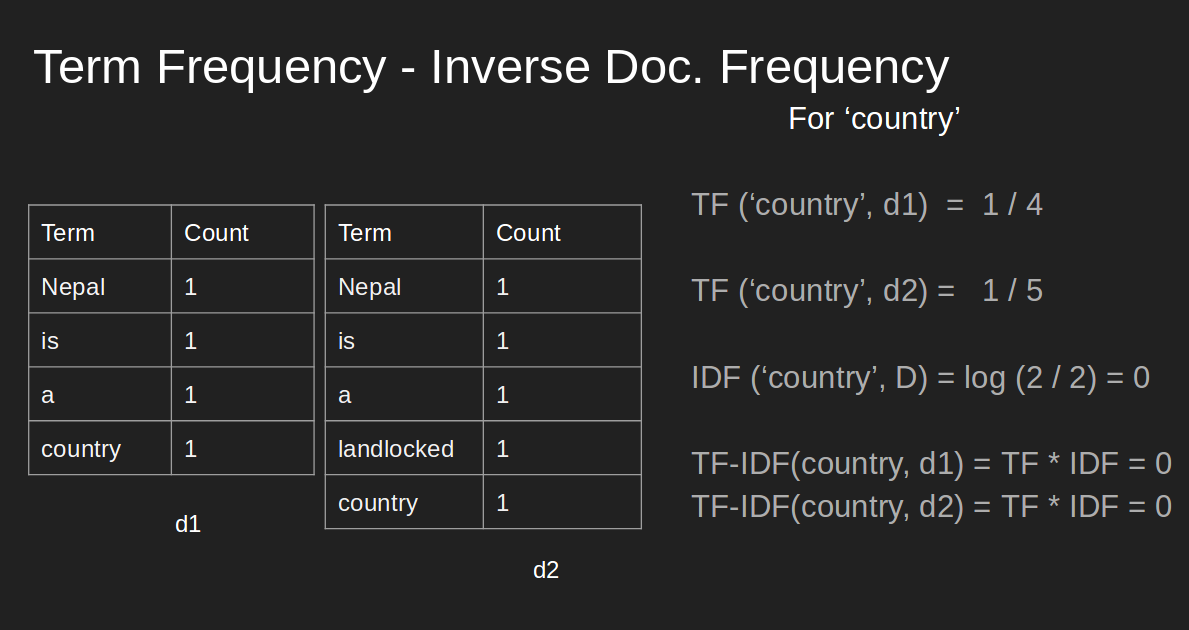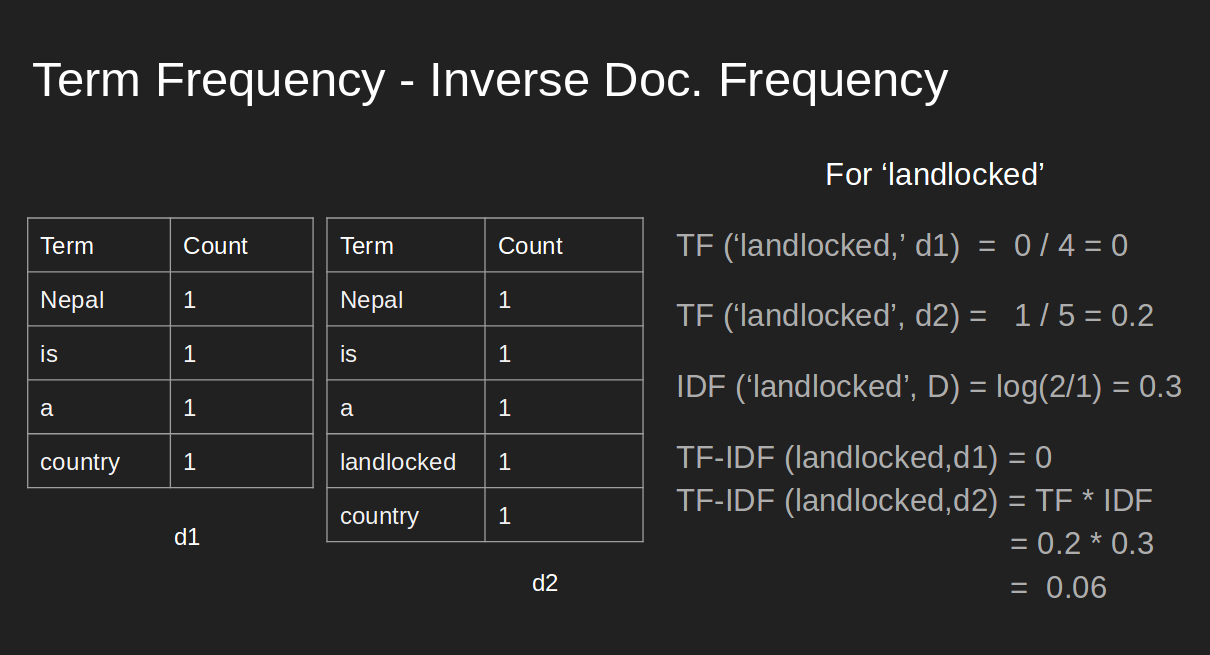K-Nearest Neighbors Algorithm using Python and Scikit-Learn
K nearest Neighbors (kNN) works based on calculating distance between given test data point and all the training samples. We, then, collect first K closest points from training set and the majority vote gives you the predicted class for a given test data point.
For more intuitive explanation, please follow previous post :
import math
from collections import Counter
import numpy as np
import pandas as pd
import matplotlib.pyplot as plt
%matplotlib inline
# making results reproducible
np.random.seed(42)
df = pd.read_csv(
'https://archive.ics.uci.edu/ml/machine-learning-databases/wine/wine.data', header=None, sep=',')
df.columns = ['CLASS', 'ALCOHOL_LEVEL', 'MALIC_ACID', 'ASH', 'ALCALINITY','MAGNESIUM', 'PHENOLS',
'FLAVANOIDS', 'NON_FLAVANOID_PHENOL', 'PROANTHOCYANINS', 'COLOR_INTENSITY',
'HUE', 'OD280/OD315_DILUTED','PROLINE']
# Let us use only two features : 'ALCOHOL_LEVEL', 'MALIC_ACID' for this problem
df = df[['CLASS', 'ALCOHOL_LEVEL', 'MALIC_ACID']]
df.head()
# class distribution looks okay; not so imbalanced.
df['CLASS'].value_counts().plot(kind="bar")
plt.show()
